Millions of specimens of vulnerable wildlife — whole plants and animals and their parts — enter the United States each year under the watchful eyes of federal inspectors.
It’s all perfectly legal.
This is not the highly publicized, illicit trafficking in such goods as ivory and rhino horns. It’s part of the internationally sanctioned trade in threatened or potentially threatened wildlife that operates largely out of the public’s view, though it’s fueled by marketplace demands.
The Star Tribune obtained data of imported wildlife deemed to be at risk of extinction now, or that may risk extinction if trade isn’t controlled, under the Convention on International Trade in Endangered Species of Wild Fauna and Flora, called CITES (SIGH-teez), a centerpiece conservation treaty the U.S. Fish and Wildlife Service enforces.
Imperiled wildlife specimens entering the U.S.
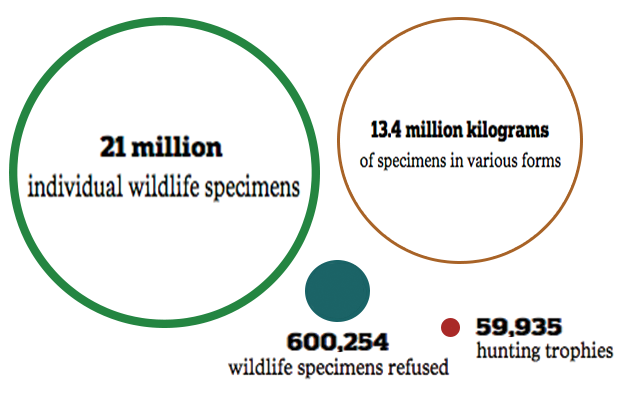
Millions of specimens brought into the U.S. each year
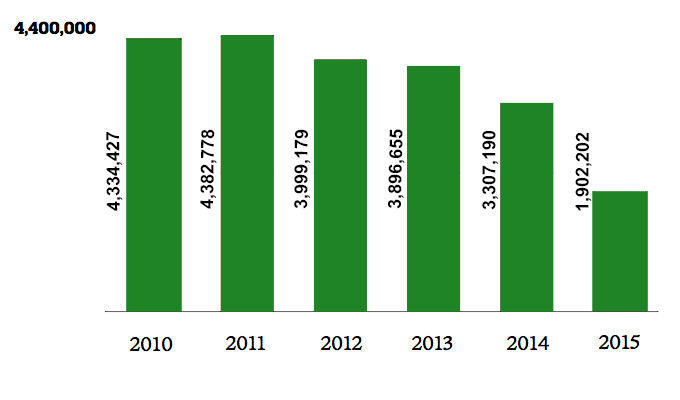
Imported in many forms
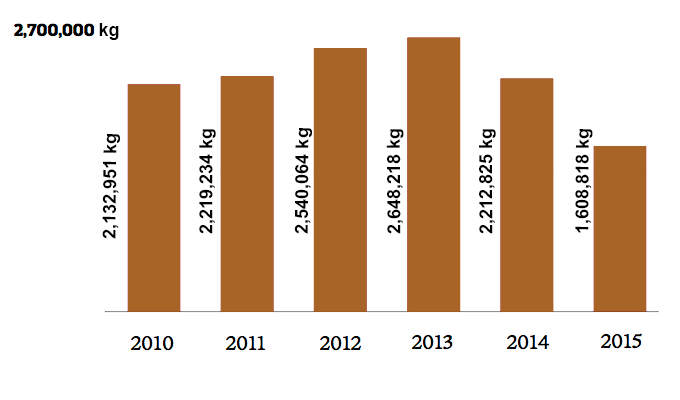
Hunting trophies are a small portion
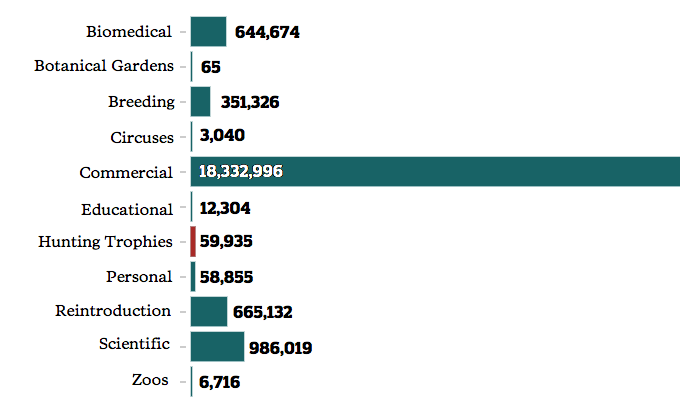
Where at-risk trophy animals come from
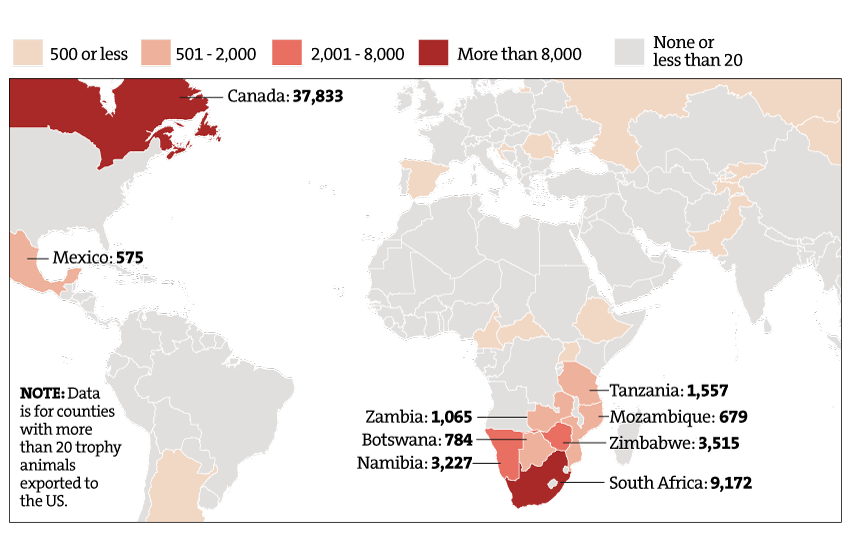
Top ten trophy animals
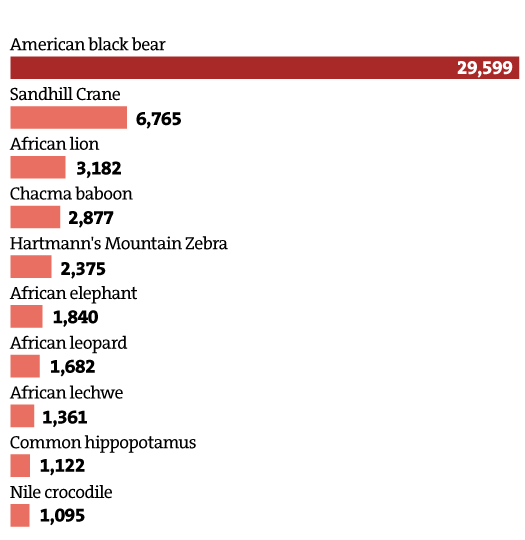
African lion hunting trophies
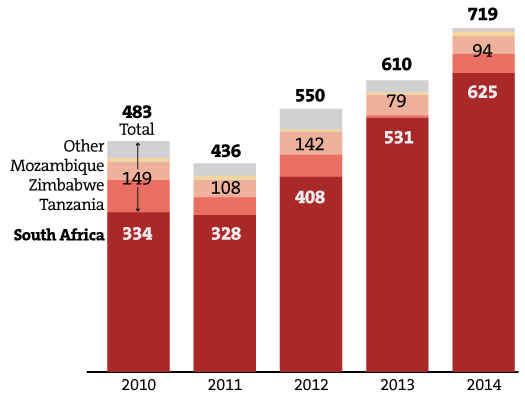
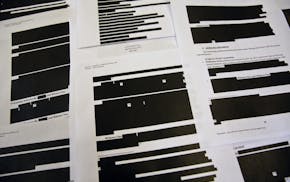
Want to share info with the Star Tribune? How to do it securely

'Safe recovery sites' would offer syringes, naloxone and more to people using drugs. The plan could be in peril.
New Minnesota GOP leaders seek peace with party's anti-establishment wing

Who is Republican Lisa Demuth, Minnesota's first House speaker of color?
